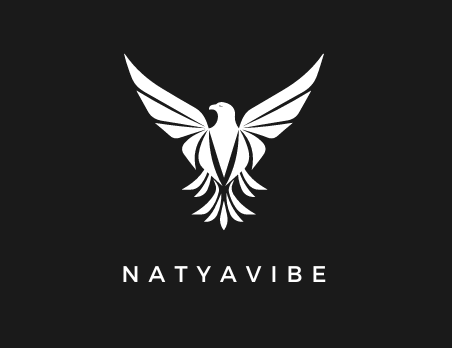Introduction: The Spiritual Dance That Speaks to the Soul
Have you ever watched a Bharatanatyam dance and felt like you were taken to another world, where the rhythm, graceful movements, and expressions touched your heart? It’s not just a dance; it’s a spiritual journey. Bharatanatyam is one of the oldest dance forms in India, and it has a deep spiritual meaning that goes beyond the physical movements. For centuries, it has been connected with Hindu culture, helping dancers connect with the divine.
Bharatanatyam began in the temples of Tamil Nadu, where dancers, called “devadasis,” performed to honor gods and goddesses. This dance was not just for show; it was a way to offer prayers, show respect, and practice spirituality. As we explore Bharatanatyam’s spiritual side, you’ll see how this ancient dance helps dancers feel closer to the divine, find inner peace, and grow spiritually.
Table of Contents
The Spiritual Essence of Bharatanatyam
Bharatanatyam is often called “the dance of the gods” because it is a spiritual expression that helps the dancer connect with the divine. Every gesture, step, and movement has a deep, sacred meaning. The hand mudras (gestures) and facial expressions (abhinaya) used in Bharatanatyam tell stories of gods, goddesses, and myths, creating a spiritual bond between the performer, the audience, and the divine.
In Hinduism, dance is seen as an offering to the gods. The ancient text “Natyashastra” teaches that dance is a way to direct one’s energy toward spiritual growth. When performed with devotion, Bharatanatyam goes beyond just physical movement and becomes a spiritual experience for both the dancer and the audience.
Connection to Lord Shiva: The Cosmic Dancer
To truly grasp the spiritual essence of Bharatanatyam, we need to look at Lord Shiva, known as Nataraja, the Lord of Dance. Lord Shiva’s cosmic dance, the “Ananda Tandava,” represents the creation, preservation, and destruction of the universe. This divine dance reflects the natural rhythm of the cosmos and symbolizes the cycle of life and death. Bharatanatyam mirrors this dance, with each movement reflecting the rhythm of the universe.
Dancers channel the spirit of Nataraja during their performances, connecting with the cosmic energy through their movements. The way their body moves in sync with the beats of the mridangam (drum) and the precise footwork that follows the tala (rhythm) is believed to align the dancer’s inner rhythm with the universal pulse. This practice not only improves technical skill but also creates a deep spiritual connection with the divine, transforming the dancer into one with the universe.

The Role of Meditation and Devotion in Bharatanatyam
One of the special qualities of Bharatanatyam is how it combines meditation and devotion with the performance. Unlike many other dance forms that focus purely on technique or physical beauty, Bharatanatyam is deeply rooted in spirituality. The practice often begins with a moment of quiet reflection, where the dancer takes time to center themselves, sometimes offering a prayer or mantra before they begin.
As the dance unfolds, the dancer’s devotion becomes clear through each movement. The focus is not on perfection or applause, but on presenting the dance as an act of devotion to the divine. The dancer’s body becomes a vessel for spiritual expression, and the dance itself is seen as an offering, a prayer in motion.
Bharatanatyam’s Healing Power: A Spiritual Journey for the Soul
The healing power of Bharatanatyam comes from its ability to connect the dancer with their inner self. Practicing this dance form promotes mental clarity, emotional balance, and spiritual well-being. Through rhythmic movements and expressions, dancers can express their deepest emotions, helping them process their feelings and find peace.
For many practitioners, Bharatanatyam provides a space for spiritual reflection, offering a break from the chaos of daily life. It becomes a form of spiritual therapy, where the act of dancing encourages mindfulness and emotional healing. When performed with devotion, Bharatanatyam can guide the dancer toward self-realization and spiritual enlightenment.
Conclusion: A Dance of Divine Connection
Bharatanatyam is much more than an art form; it’s a spiritual practice that connects the dancer to the divine, the universe, and their own inner self. It’s a celebration of the sacred and the spiritual, reaching beyond the limits of time and space. Whether you’re a dancer or a viewer, experiencing this art form can be transformative. It brings a sense of peace, devotion, and a deep connection to something greater than ourselves. If you want to know more about Bharatnatyam you can visit NatyaVibes.
As we continue to celebrate and preserve this ancient tradition, let’s remember the spiritual roots of Bharatanatyam and embrace its power to guide us on our own spiritual journeys. Have you ever experienced the spiritual magic of a Bharatanatyam performance? Share your thoughts and stories with us—let’s continue this divine conversation.

